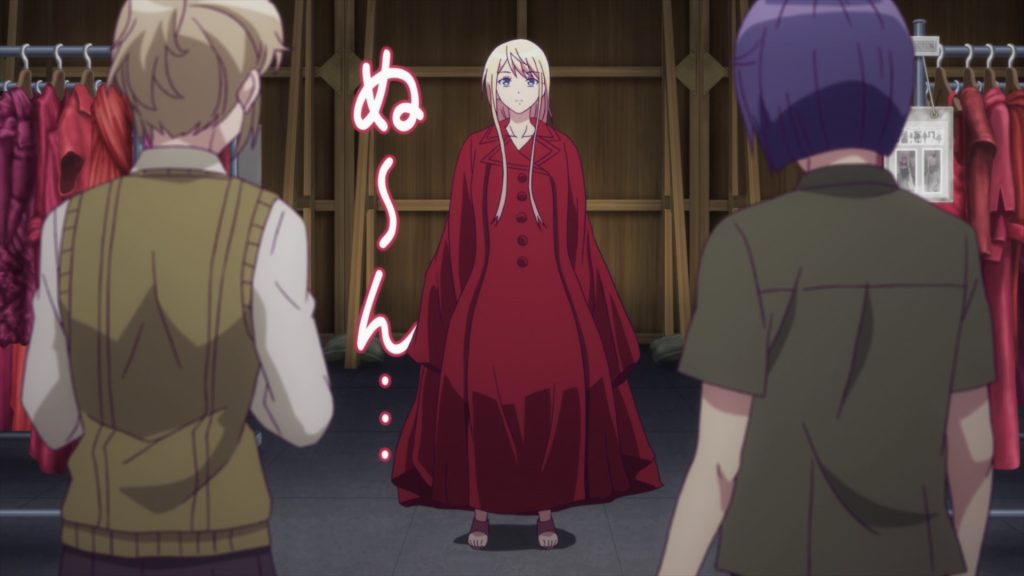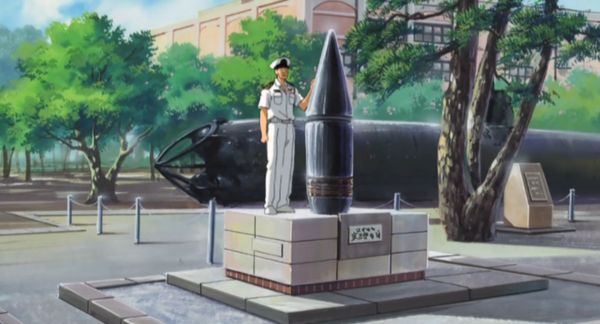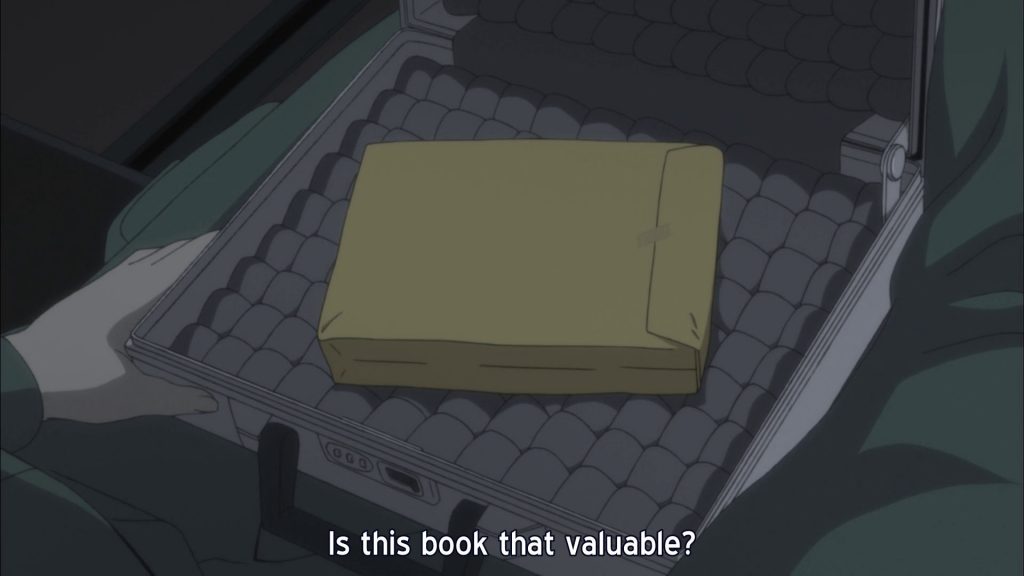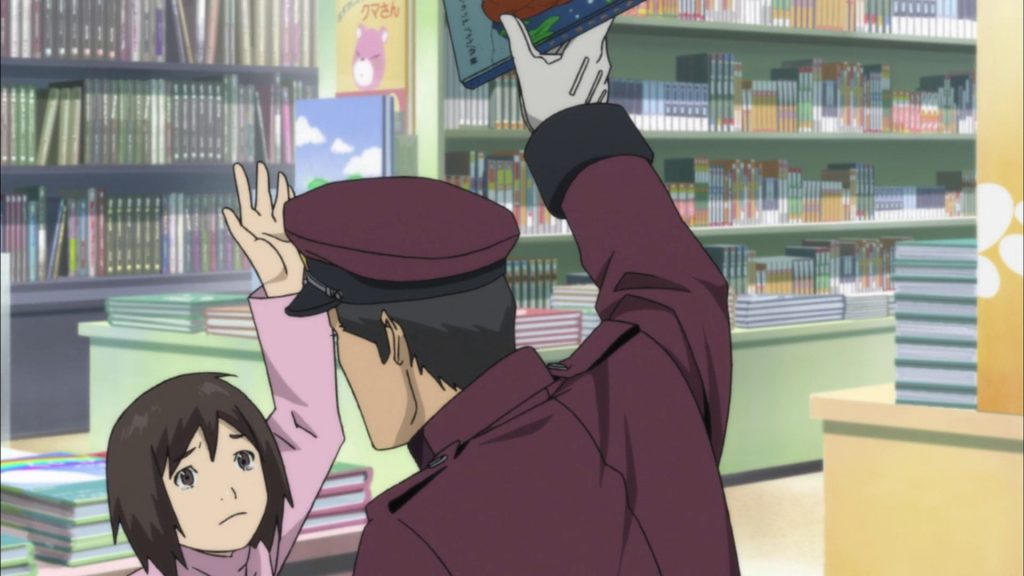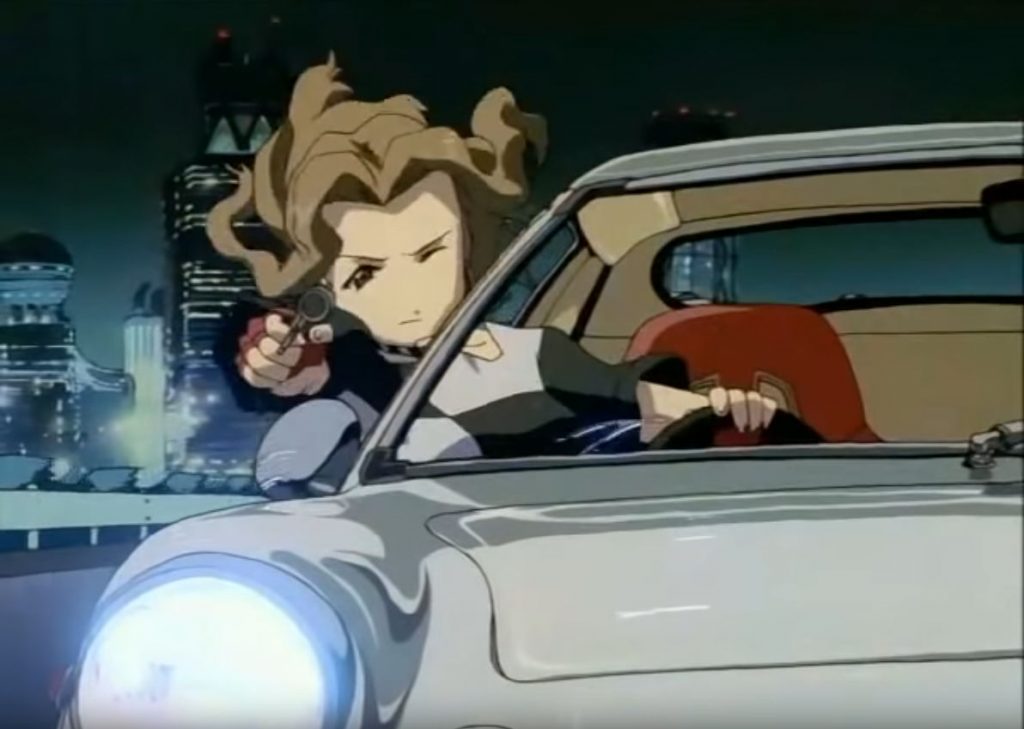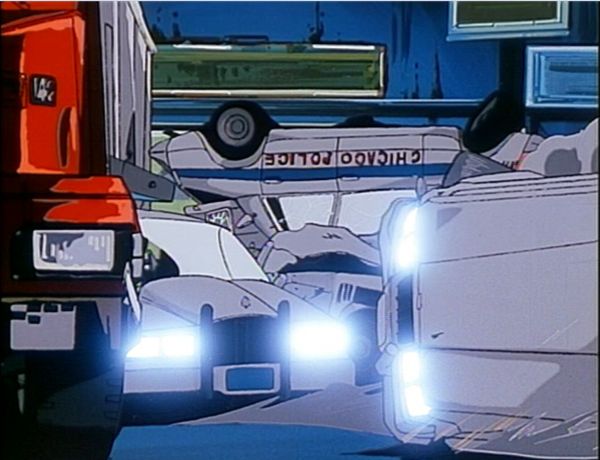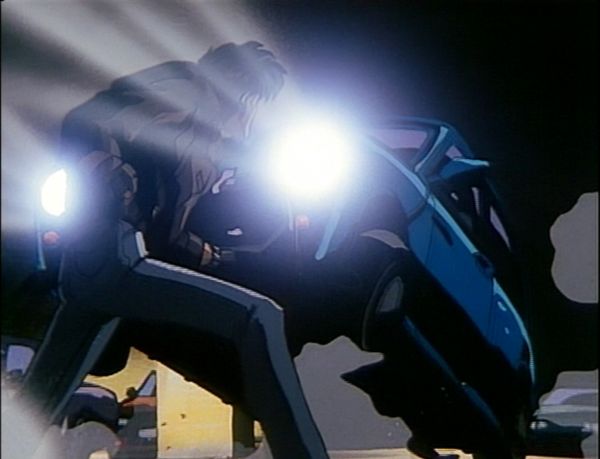Like someone made a Rosario + Vampire Hentai
by Bolt Vanderhuge
Itadaki! Seieki is probably one of the more vanilla hentais you might watch, as the only “strange” thing about it is that it involves a half-vampire/half-succubus who can change her body and personality based on the desires of her chosen meal. “Meal” is actually the entire premise of this short OVA, as Setogaya Mari lures high school student Kanzaki to the PE storage shed after school in a very stereotypical set-up that the OVA actually lampshades, only to kick him in the head so she can bite him and feed on his blood. He takes it pretty well. She introduces herself as a vampire, and has the bat wings to prove it, but as it turns out, she can’t actually handle blood. Apparently she had been living off of sweat and saliva – secretions which are a form of life energy. Kanzaki has a certain alternative he suggests to her instead. Alas, she doesn’t actually swallow much thick Bavarian cream through her mouth, if you’re into that kind of thing, as she seems to just absorb it.

As you might guess, this turns into a regular thing, and Setogaya isn’t exactly subtle when she comes to get her lunch either. It’s a pretty thin premise, which is probably why it’s less than a half-hour long when you watch both parts of this OVA together. So it’s pretty tame in spite of getting a bit rapey at one point, and might not appeal to you if you’re used to something more adventurous than high school students sneaking off to fuck and a woman who can make her boobs bigger or make herself just the way Aku likes ‘em at will.

If you just can’t be bothered to read subtitles, like I used to be before I became a MaximumWeeaboo, this has been localized as Vampire Vixen. Probably a bit catchier than “Gimmie That Semen.” The dub is… okay. It’s better at some points than others. At least they tried. The main appeal here is that the localizers got a hold of an uncensored version, to further enhance your hentai viewing pleasure.
So should you watch this OVA? Fuck, why not? It’s like a half-hour long, bro.
Fuck Yeah check it out!
Itadaki! Seieki / Vampire Vixen
Based on the manga by doumou
Produced by Pashmina, Licenced by Kitty Media


